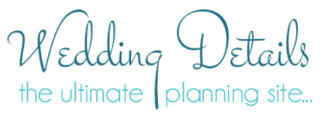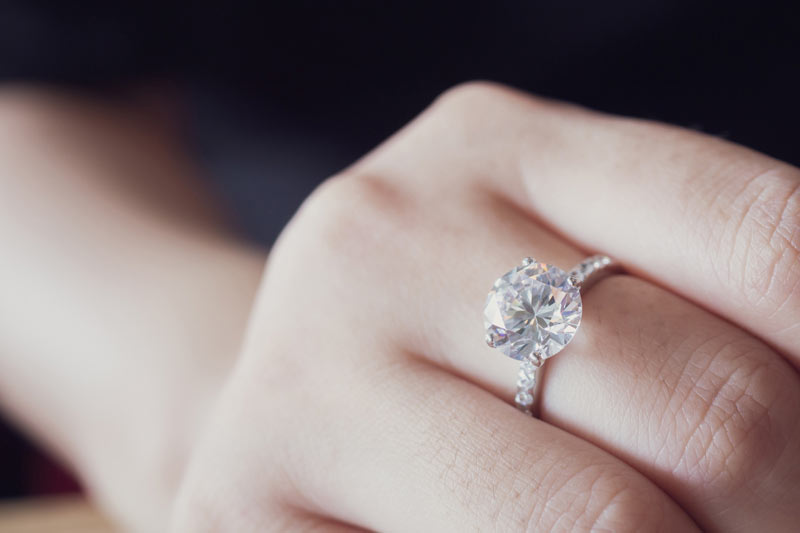Congratulations on your recent engagement! You’re absolutely blushing.
As you look forward to your future marriage ceremony, most couples must consider their preferred wedding ring style one of the core pieces. It’s becoming more and more common for couples to choose this piece together as they prepare for their event. It’s a symbol that is intended to last for the rest of your partnered lives, so it must hold your fancy throughout the ages.
Are you curious about styles of wedding rings outside of the current decade? Read on to learn more about the history and trends of this significant practice.
The Tradition of Wedding Rings
The history of wedding rings has evolved with each religion and the laws of individual countries. They are symbols of both the legal contract of marriage and the promise of love and fidelity.The early Egyptians are credited with establishing the ring practice, as they believed the fourth finger had a vein or nerve that connected directly to the heart.
Interestingly, what we know as the “ring finger” has actually changed over the years. While it is most commonly worn on the fourth finger of the left hand, this is not always the case. Some cultures move the ring as wedding status changes or invite men to wear engagement rings instead of leaving that practice to female partners.
Wedding Ring Styles
Are you interested in vintage trends or want inspiration outside of the current norms?These are our favorite wedding ring styles through the decades.
Diamond Halos – 1920s
The Diamond Halo style offers geometric shapes and sharp lines. The style was a direct result of the 1920’s Art Deco period.
Ribbon-Shaped Bands – 1930s
In the 1930s, a small centerpiece diamond was often framed by extravagant bands in the shape of ribbons or bows. These twisted bands were a unique stance against the Art Deco style established in the 1920s.
Rough Cut Diamonds – 1940s
Rough-cut round stones were a popular choice in the 1940s. The popularity of this style was a direct result of the De Beers’ infamous “A Diamond Is Forever” marketing campaign. As WWII limited access to platinum, rose-gold and yellow-goldwere the most common band material.
Pear-Shaped Diamonds – 1950s
Thanks to Audrey Hepburn, pear-shaped diamonds were all the rage in the 1950s. Multiple, stackable bands usually accented this tear-drop-shaped diamond.
Asscher-Cut Diamonds – 1960s
As every trend eventually come back around, Art-Deco made its way back into the diamond scene in the 1960s. The most popular example during this time was Jackie Kennedy’s engagement ring from John F. Kennedy.
Emerald-Cut Diamonds – 1970s
Finally, wedding bands consistently matched the engagement ring. A simple rectangle with slightly cropped corners, this cut is often accented by other gemstones.
Colorful Diamonds and Gemstones – 1980s
We can thank Princess Diana’s engagement ring from Prince Charles for inciting a trend on colored gemstone rings. This ring, in particular, made the gemstone style so popular that many replicas were made for distribution.
Marquise-Cut Diamonds – 1990s
Sharp, bold rings were the mark of the 1990s. White gold and platinum also made their appearance known as the most popular band options.
Princess-Cut Diamonds – 2000s
The princess cut– a square-shaped cut that maximizes sparkle– was encouraged by the 2000s demand for large, dramatic diamonds. Though large, they can be more affordable than a round diamond cut.
Cushion-Cut Diamonds – 2010’s
Cushion-cut diamonds evolved from the Princess cut to offer a square-shaped diamond with rounded corners. It is a classic that returned to high demand in the 2010s.
Oval Diamond – Present
Currently, it is the skinny band and large, circular or ovular stone that is in style. In this style, the stone is usually set vertically.
Eternally Yours
Couples everywhere are making their own traditions together. While styles of wedding rings may have evolved over the decades, it’s important to remember that you can opt for any style that feels like your own.
Create your own traditions when planning your wedding.If you’re not sure where to start, check out our ultimate wedding checklist to begin.
Wedding Details is your comprehensive guide to all aspects of your wedding. From traditional ceremonies to questions regarding the guests, our website offers you one place to do all your research.

